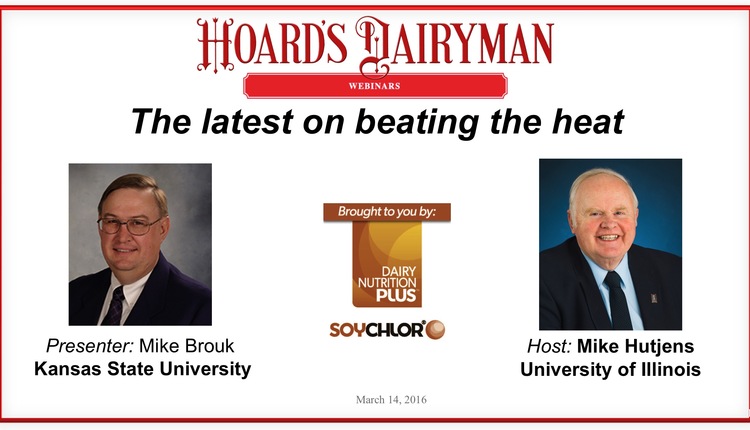
Each region of the country has its own reaction to summer weather, depending on the temperature and the humidity. However, losses of 10 to 15 pounds of milk per cow are not unusual across the country. Unfortunately, states like Texas can see a loss of $700 per cow per year due to heat stress. That number amplifies as herd size grows.
Heat stress has several detrimental impacts:
- Drop in milk production
- Reduced fertility and extended days open
- Lowers immune function, making cows more susceptible to mastitis
- Higher culling rates
A dairy cow is a heat-generating body, due primarily to the fermentation process. She creates metabolic heat. She is also exposed to solar heat from direct sunlight and the surrounding air temperature.
How can we help alleviate some of the heat? Taking a closer look at building design because a building's footprint directly impacts airflow and direct sunlight implications. In particular, east-west versus north-south orientation.
"Fans help move air, but blowing hot air does not cool cows," Brouk stated. The goal is to lower animals' body temperatures and have fans placed close to cow traffic. "A fan too far away from cows is inefficient," he stated.
Cows experience the most heat stress in the holding pen. Cows are in close proximity, making it an even warmer environment. To improve this situation, try to minimize time in the holding pen.
Water soaking or misting keeps cows comfortable. The time of day when cows experience the most heat stress is late afternoon until early evening. So, if you schedule timed cooling times, be sure to address this time frame.
Water is a great resource and needs to be treated carefully. Be aware of when cows are at the feedbunk and when they are in the milking parlor, so that misters or sprinklers are not activated when cows are not present. Other than the obvious wasting of water, holding ponds can accumulate with this excess water.
An often forgotten item that can make things go smoother is to take inventory of fans and soaker/mister parts now, so you are ready when warm weather hits.
The March webinar is now archived. It was brought to you by Dairy Nutrition Plus (www.DairyNutritionPlus.com). Click the link to watch the presentation and learn more about managing heat stress.

The author is the online media manager and is responsible for the website, webinars and social media. A graduate of Modesto Junior College and Fresno State, she was raised on a California dairy and frequently blogs on youth programs and consumer issues.








